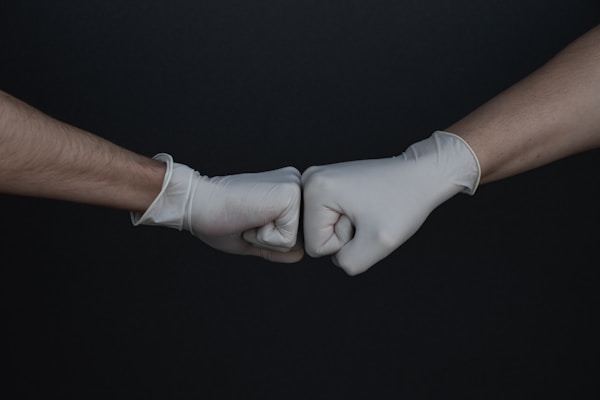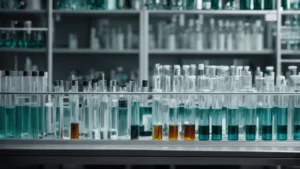Proper hand hygiene practices are essential to preventing the spread of hospital-acquired infections. The Centers for Disease Control and Prevention (CDC) recommends that healthcare personnel, patients, and visitors learn how to prevent hospital acquired infections through proper hand hygiene. This practice helps to reduce the risk of transmitting harmful bacteria and viruses that can cause serious health complications.
What are hospital-acquired infections?

Hospital-acquired infections (HAIs) are a serious problem in healthcare, with thousands of patients being affected each year. HAIs occur when bacteria, fungi, or viruses are transferred to a patient through contact with contaminated equipment or surfaces, including medical devices. This can lead to serious and even life-threatening illnesses.
The most common type of HAI is a nosocomial infection, which is an infection that is acquired in a hospital or other healthcare setting. These infections can range from mild skin infections to life-threatening illnesses such as pneumonia, sepsis, and meningitis. Other common HAIs include urinary tract infections, surgical site infections, and bloodstream infections.
The Centers for Disease Control and Prevention (CDC) estimates that 1 in 25 patients will get an HAI in the U.S. each day. This translates to an estimated 722,000 HAIs each year, with 75,000 of those resulting in death. The cost of treating these infections is estimated to be between $28.4 billion and $45 billion annually.
Preventing HAIs

Although HAIs are a serious issue, there are steps that healthcare providers can take to reduce the risk of infection. The CDC recommends that healthcare providers use evidence-based infection control practices such as hand hygiene, contact precautions, and environmental cleaning. It is also important for healthcare providers to follow proper sterilization and disinfection protocols for medical equipment and surfaces.
It is also important to ensure that patients and their families are educated on HAIs, so they can be aware of the signs and symptoms and know when to seek medical attention. Education is key to helping reduce the spread of HAIs, and it is important for healthcare providers to understand the risks and how to prevent them.
HAIs are a serious problem, but with proper prevention and education, healthcare providers can help reduce the risk of infection and save lives.
The best way to prevent the spread of hospital-acquired infections is to ensure that everyone follows proper hygiene practices. This includes washing hands frequently and thoroughly, avoiding touching the face, and properly disposing of tissues and medical supplies. It is also important to use the correct type of protective gloves when handling patients or medical equipment.
Healthcare staff should be trained to recognize the importance of proper hand hygiene. They should be aware of the potential risks of failing to practice proper hand hygiene, including spreading infections to patients. Facilities should provide resources to help staff become knowledgeable and stay up-to-date on the latest guidelines.
It is critical that healthcare personnel wash their hands properly and at the right times. This includes before and after contact with a patient, after using the restroom, after coming into contact with bodily fluids, and after handling medical supplies. The CDC recommends using an alcohol-based hand rub or soap and water.
All healthcare personnel should also use the correct type of protective gloves when handling patients or medical equipment. Single-use gloves should be discarded after each patient contact and after handling medical equipment. Reusable gloves should be washed thoroughly and changed between patient contacts.
It is important that healthcare personnel and patients practice proper hand hygiene in order to reduce the risk of transmitting harmful bacteria and viruses. Facilities should provide resources and training to help staff become knowledgeable and stay up-to-date on the latest guidelines. This includes providing alcohol-based hand rubs, soap, and disposable gloves. By implementing these practices, facilities can help reduce the spread of hospital-acquired infections.

















